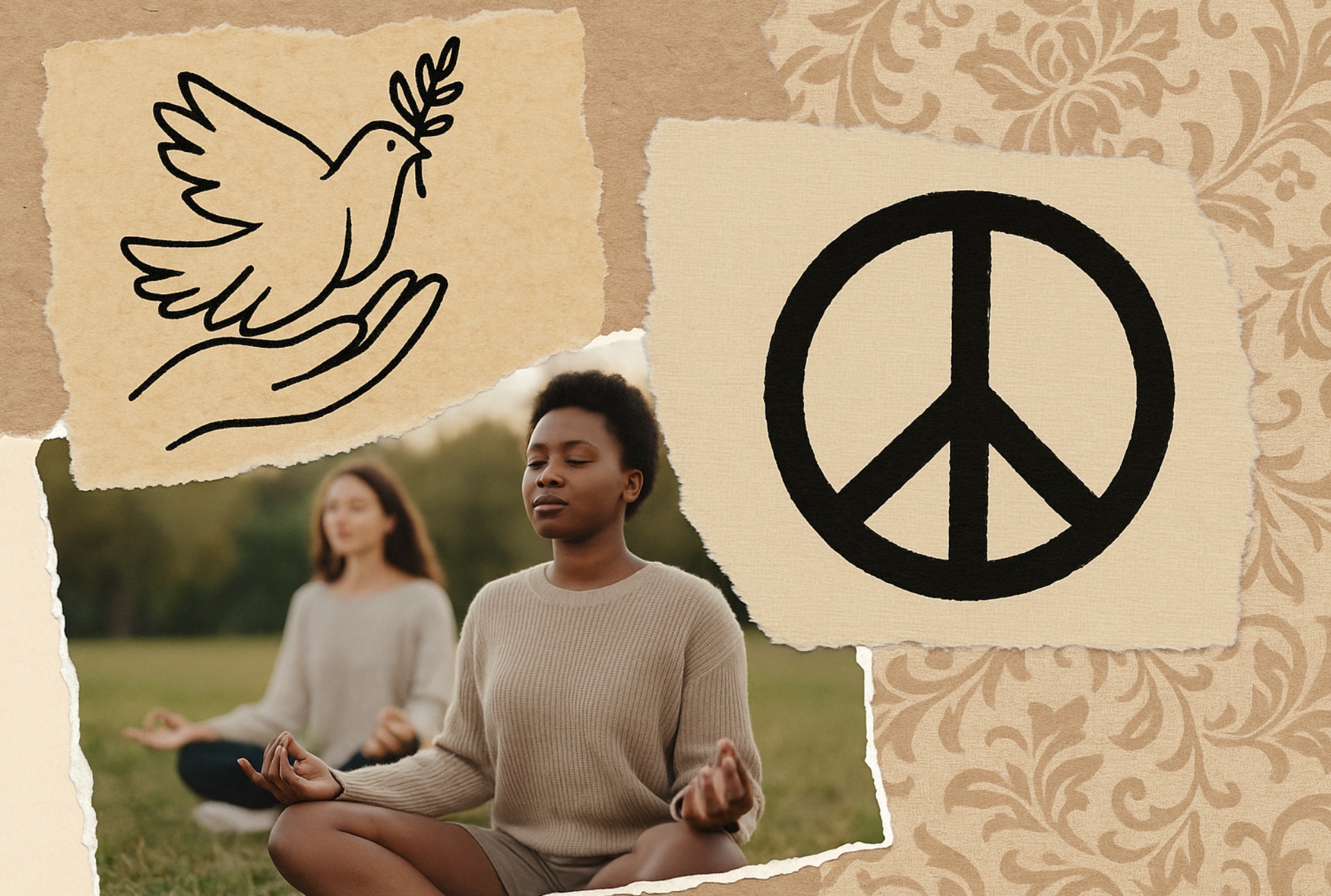Scott Atran’s recent post on Psychology Today “Peace Is a Modern Invention” argues that for most of history, war was the rule and peace the pause; that peace as a stable, normative order emerged only through modern mechanisms and ideas. He cites Sir Henry Maine’s claim that “war appears to be as old as mankind, but peace is a modern invention,” and leans on Michael Howard’s work The Invention of Peace to suggest that only in modernity did peace become “anchored in treaties, law, and international norms.”
While there is much to appreciate in his framing, I want to push back on one foundational assumption: that peace required invention. What if peace is more primordial, and war is what disturbs it… not the other way around?
Peace as Default, War as Disruption (A Different Starting Point)
1. Before “peace” was named, it was the way of life
Language shapes what we think we see. In many societies before pervasive conflict, people may not have had to call their state of existence “peace”, it was simply life. Just as certain Indigenous communities have no word for lying because deception is culturally inconceivable until contact disrupts their norm, peace as an explicit concept may emerge only when conflict becomes a visible alternative.
In that sense, peace isn’t invented — war is what forced a new vocabulary of peace, treaties, and norms. This inverts the usual logic: rather than peace emerging from war, war emerges against a backdrop of peace.
2. Ethnographic, archaeological, and philosophical hints of primordial harmony
- Some anthropologists argue that small-scale societies maintained internal harmony through consensus, restorative mechanisms, and social norms. Not because they had “peace treaties,” but because warlike alternatives were invisible or unnecessary.
- Rituals, taboos, and cosmological worldviews often embed nonviolence or coexistence prior to institutional order.
- Philosophical traditions in many cultures presume a primordial harmony that human violence distorts (not the reverse).
3. Modern peace is one expression of a deeper longing
Modern peace systems (treaties, international law, peacekeeping, norms of non-aggression) are powerful and necessary in a world of states and large-scale violence. But they are cultural artifacts layered over a deeper relational substrate. They do not create peace ex nihilo; they shape its large-scale expression. They manage disruptions to what may have been more fluid modes of peaceful coexistence.
Implications of This View
- We should distinguish peace as an everyday relation from Peace as a formal system. The latter is modern; the former is perhaps simply human.
- Critiques of modern peace systems (imperial peace, peace with injustice, peace enforced by violence) gain strength if we see formal peace as an overlay, not the root.
- Grassroots peace in communities, families, and small societies may remain the more authentic domain of peace. Modern institutions can support it, but cannot substitute entirely.
“Modern Peace” Conclusion
Is peace a modern invention?
Only if we combine peace as formal order with the deeper relational ground of being. The invention, I argue, was not peace itself, but the naming, structuring, and policing of peace in a world conditioned by large-scale conflict.
We didn’t invent peace; we invented war-management tools.
References:
- Atran, S., PhD. (2025, 3 octubre). America helped make peace the global norm, now it’s turning back the clock. Psychology Today. https://www.psychologytoday.com/us/blog/in-gods-we-trust/202510/peace-is-a-modern-invention

No responses yet